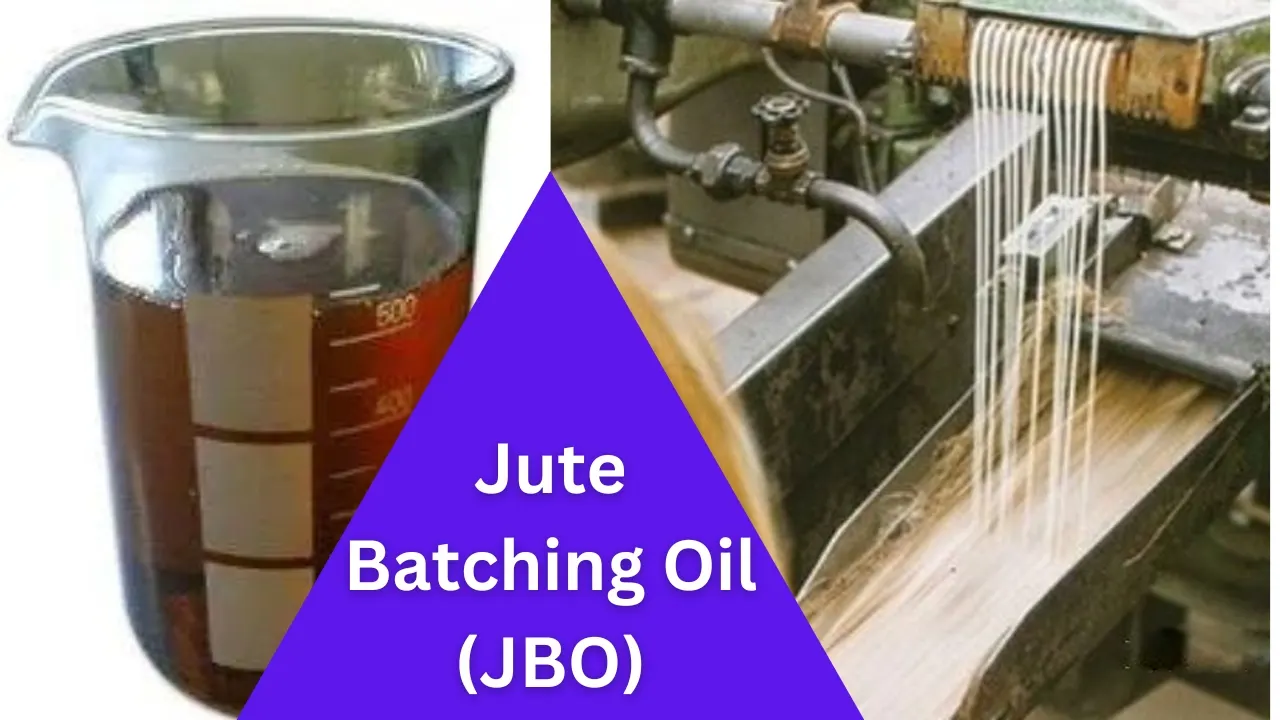Types of Card Clothing with Advantage and Disadvantage
What is Card Clothing?
Using a number of fine, closely spaced and specially bented wires to cover the surface of a taker-in, cylinder, doffer and flat of a carding machine is called card clothing. A base material is used to insert wire points on a machine surface. This base material may be textile fabric or another hard, stiff material.
Types of Card Clothing
There are many types of card clothing used for short staple and long staple spinning mills. However, they can generally be categorized into three major types.
- Flexible Card Clothing.
- Semi-flexible Card Clothing.
- Metallic Card Clothing.
1. Flexible Card Clothing
The hooks are bent into a U-shape and are formed with a knee that flexes under bending load and returns to the original position when the load is removed. They are set in elastic, multi-ply cloth backings. The clothing is now only found on card flats in short-staple spinning mills, if at all.

Advantage of Flexible Card Clothing
- Better carding action due to higher point density.
- Due to the flexible wire point, fiber damage is reduced.
- It is only necessary to repair the damaged part of the clothing.
- Ensures good carding of cotton by exerting a desirable force.
- Cost-effective.
Disadvantage of Flexible Card Clothing
- The foundation material should be textile fabric or rubber.
- It is possible to loosen the wires.
- Due to stripping, production is lower.
- Regular grinding is necessary.
- Due to their flexibility, both wire and foundation may be damaged.
Foundation Material in Flexible Card Clothing
- Leather.
- Piled fabric.
- 2 ply foundation.
- Warp- cotton/ Linen
- Weft-Woolen
- Cotton cloth back
- 3 ply foundation.
- Cotton cloth face.
- Linen warp & woolen weft cloth.
- Cotton cloth back.
- 4 ply foundation.
- Vulcanized rubber face.
- Cotton Cloth.
- Linen warp & woolen weft cloth.
- Cotton cloth Back.
- 5 ply foundation.
- Vulcanized rubber face.
- Cotton cloth.
- Linen warp & woolen weft cloth
- Cotton cloth (Single).
- 2 ply foundation.
Properties of Foundation Material
- The material should be strong and elastic enough.
- To hold the wires in place, the wires need to be thick and rigid.
- Having sufficient resilience is essential.
- It should be resistant to oil, heat, moisture, and premature aging.
Types of Card Clothing setting Patterns
- Plain Set Card Clothing Pattern: Point density of plain set pattern is higher. It is used in cylinder and doffer.

2. Twill Set Card Clothing Pattern : Twill set card clothing pattern is used in flat.

3. Rib Set Card Clothing Pattern: It is used in cylinder and doffer.

4. Sateen Set Card Clothing Pattern: It is used for special purpose

2. Semi-Flexible Card Clothing
There is a less elastic backing for wires with square or round cross sections and sharp points in this method. The backing consists of both cloth and plastic layers, and has a higher number of plies than the backing of flexible clothing. Flat wires do not have a knee, but round wires may. With their inability to bend and placement in layers of cloth and possibly foamed material, the wires are practically immovable. Because they are less capable of yielding under bending loads than flexible clothing types, they are only found on flat surfaces.

Advantage of Semi-flexible Card Clothing
- The garment shape is defined by enhanced structural rigidity.
- For long-lasting wear, shape retention is durable.
- Wire-formed contours provide a unique aesthetic appeal.
Disadvantage of Semi-flexible Card Clothing
- Immovable wires reduce flexibility and mobility.
- Adaptability to body curves is limited, especially for flat wires.
- The application scope is narrow, primarily for flat garments.
3. Metallic Card Clothing
As with punching, these are self-supporting, square wire structures with teeth cut at the smallest possible spacings. When the teeth are relatively large, such as in lickers-in, the clothing is called saw-tooth clothing. Nowadays, the licker-in, main cylinder and doffer wear metallic clothing without exception.

Advantage of Metallic Card Clothing
- This machine does not require separate foundation material; the metal surface serves as foundation.
- Due to the metallic rigidity of the teeth and the foundation, the teeth do not loosen.
- Any angle can be chosen for carding.
- Grinding is not required on a regular basis.
- As regular grinding and stripping are not performed, production increases.
Disadvantage of Metallic Card Clothing
- Due to the lower point density, the carding action is not as good as it could be.
- As the wire points are metallic, fiber damage is greater.
- In the mill, it is difficult to repair wear parts.
- The entire clothing must be rewound if any part of the wire is damaged.
- An expensive purchase.
Manufacture of Metallic Card Clothing
Round wire is used as the starting material, and it is rolled in several stages to achieve the desired profile, then passed through a cutting machine to achieve the desired profile. After the cutting operation, a high-precision cutting tool punches (cuts) away the wire, which remains between the teeth, in order to match exactly the shape of the gap between the two teeth.
Tolerance limits should be held within the utmost tolerances. After cutting, the wire is hardened by passing it through a flame and a quenching bath. Once again, a high degree of uniformity is crucial, this time in the hardness achieved. When you realize that the tip of a tooth in fine clothing is only 0.05 – 0.06 millimeters thick, you can appreciate the needed ‘feel’ for this operation.
You May Read:



